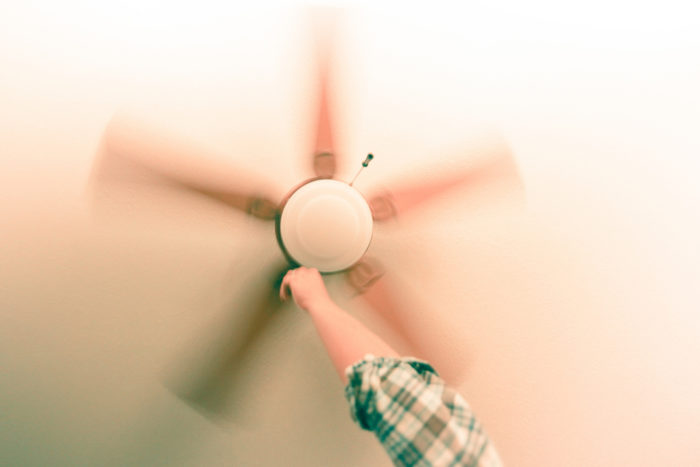
Image Credit: Image #1: Basheer Tome / CC BY 2.0 / Flickr
Writing from Detroit, a Climate Zone 6 locale, Marlena Crows poses this question: Must electric baseboard heaters necessarily be installed at floor level, or can they be mounted higher on the wall and get an assist for heat distribution from a ceiling fan?
Crows owns a 20-unit apartment building and is planning to convert to electric baseboard heaters as she prepares for the installation of a photovoltaic system in another year. Apartments are small, in the range of 200 to 400 square feet, and strips of baseboard heat mounted at floor level, as they normally are, might get in the way of furniture.
She has noticed that air handlers for minisplit heat pumps are mounted near the ceiling, so why not the same approach with baseboard resistance heat, particularly when each room will have its own ceiling fan.
“I am wondering if anyone has a definitive reason why this would not work, or perhaps, why it should work just fine,” Crows says in Q&A post at Green Building Advisor. “My reasoning is to avoid blockage from furniture, as these are small units with few options for furniture placement, and I do not want to further limit that or reduce efficiency with flow problems.”
That’s the topic for this Q&A Spotlight.
Mount baseboard heaters as designed
Electric baseboard heaters work by convection. The element heats the air around it, causing it to rise out of the top of the metal housing. That, in turn, draws more air in at the bottom of the housing. These heaters should be installed near the floor, as designed, says GBA senior editor Martin Holladay.
“Temperature stratification is a real problem in many buildings, and you can make a temperature stratification problem worse by mounting your electric heaters near the ceiling,” Holladay writes.
“I…
Weekly Newsletter
Get building science and energy efficiency advice, plus special offers, in your inbox.

This article is only available to GBA Prime Members
Sign up for a free trial and get instant access to this article as well as GBA’s complete library of premium articles and construction details.
Start Free TrialAlready a member? Log in





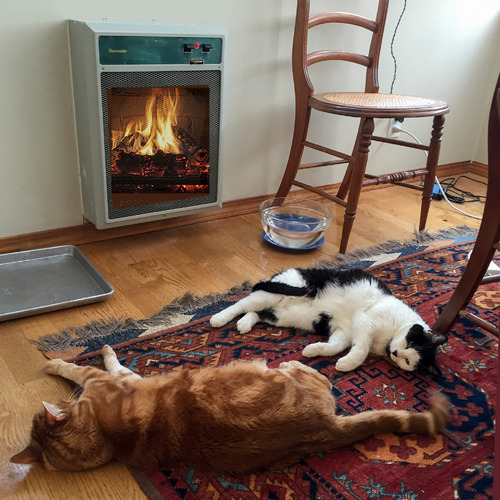
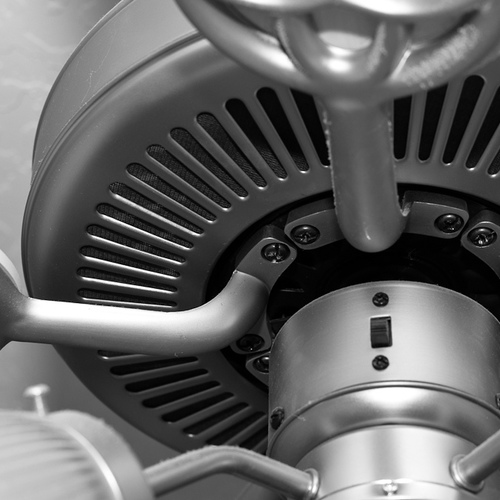
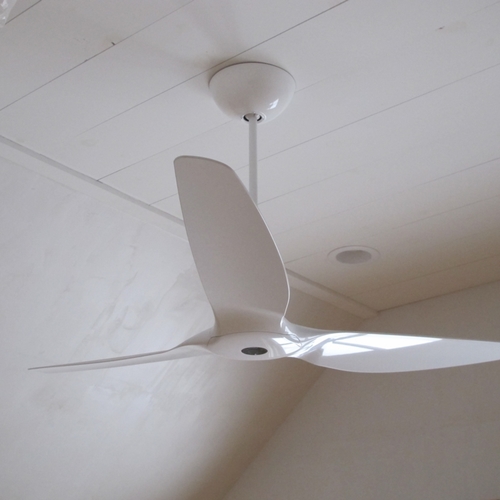
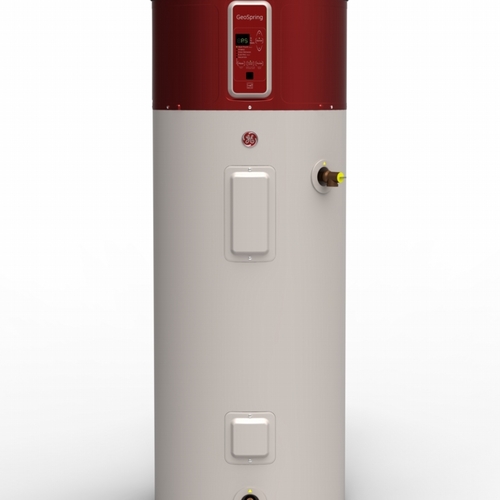






One Comment
Thanks Peter
I've never seen this so succinctly expressed: we should all learn these sentences by heart:
"The names we use — convective baseboard, radiant floor heating, radiant ceiling, etc. — imply that just one type of heat transfer prevails. But since thermal comfort is primarily an equal mix of air temperature and mean radiant temperature (MRT), and no one type of heat transfer happens in isolation, eventually any heating system works to equalize the air temperature and MRT.
This means that convective delivery raises air temperature first but ultimately leads to equalized surface temperatures, and radiant delivery raises surface temperatures first but ultimately leads to equalized air temperatures. The advantages of each system are more related to the ability to zone and setback strategies than any inherent system efficiency or thermal comfort at equilibrium."
Log in or become a member to post a comment.
Sign up Log in